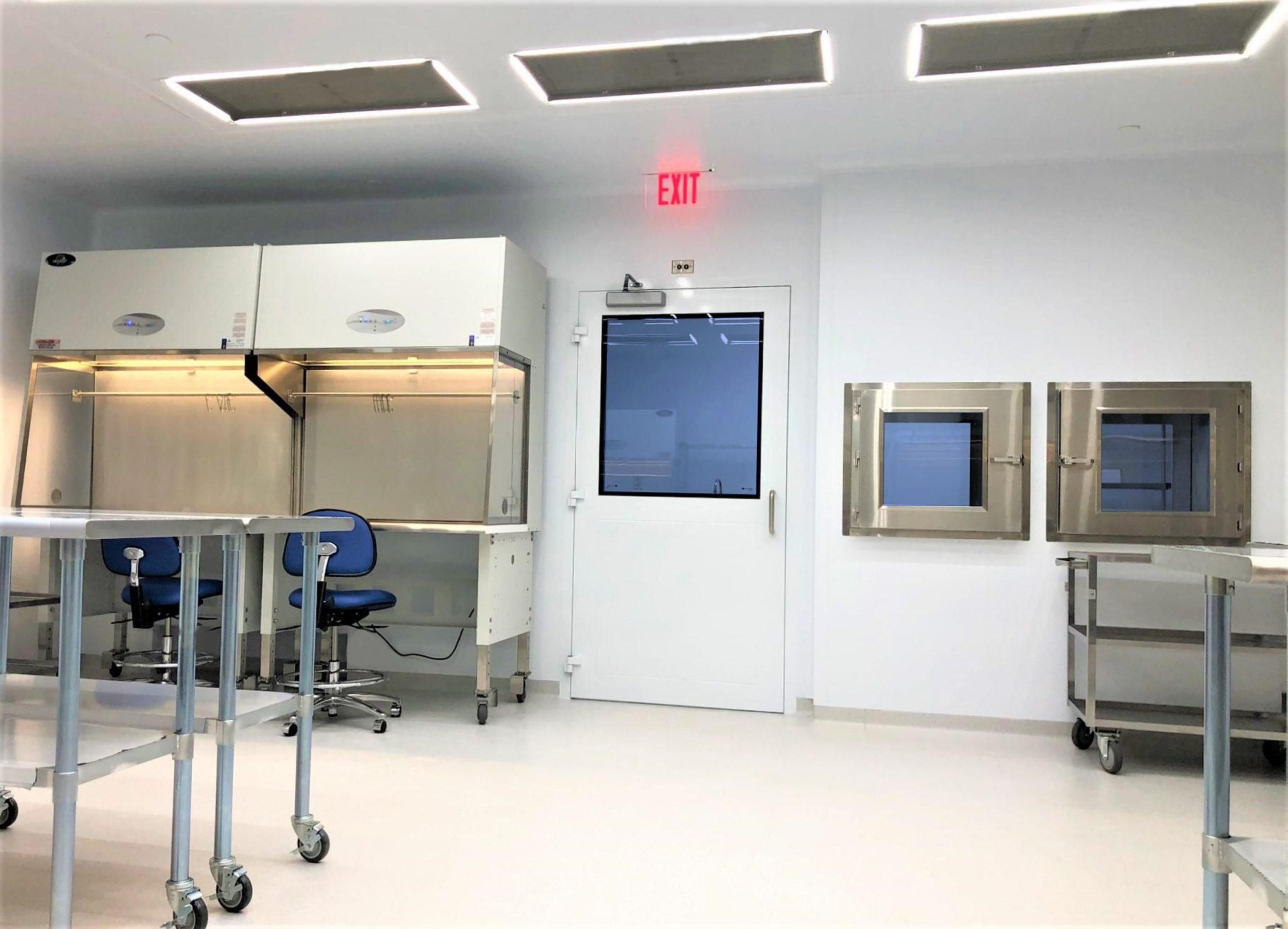Pharmacies, especially those involved in compounding medications, operate in environments where precision, cleanliness, and sterility are non-negotiable. Imagine you’re preparing a critical medication for a patient with a compromised immune system; the last thing you want is contamination. This is where Pharmacy Clean Room Testing & Certification come into play. It’s not just about meeting regulatory requirements—it’s about ensuring safety, efficacy, and trust. Let’s dive into why this is crucial for your pharmacy.
What is a Clean Room?
First off, let’s clear up what a clean room actually is. A clean room is a controlled environment where pollutants like dust, airborne microbes, aerosol particles, and chemical vapors are minimized. These rooms are essential in pharmaceutical settings to maintain the sterility and quality of medications.
Why You Need One
In pharmacies, particularly those involved in compounding sterile preparations, maintaining a contaminant-free environment is vital. Clean rooms help to ensure that the medications prepared are safe for patient use. The standards for these rooms are stringent, and for good reason—patients’ lives depend on it.
The Basics of Clean Room Testing
What is Clean Room Testing?
Clean room testing involves a series of assessments to ensure that the environment meets the required standards of cleanliness and sterility. These tests measure various parameters, including:
- Airborne particle count – Ensures the air inside the clean room is free from dust and other particulates.
- Surface contamination – Checks for the presence of contaminants on surfaces within the clean room.
- Airflow and filtration – Verifies that the air handling and filtration systems are working correctly to prevent contamination.
- Pressure differential – Ensures that the clean room maintains the correct pressure compared to adjacent areas to avoid the ingress of contaminants.
How Often Should Testing Be Done?
Regular testing is a must. Typically, testing should be conducted:
- At initial certification – When the clean room is first built or set up.
- Periodically – According to regulatory guidelines, which often suggest semi-annual testing.
- Whenever changes occur – If you make any modifications to the clean room or its systems.
The Certification Process
Certification is the official recognition that a clean room meets all required standards. This process involves thorough testing and documentation. Here’s a simplified rundown of what certification entails:
- Pre-Assessment – Identifying areas that need improvement before the formal assessment begins.
- Formal Testing – Conducting a comprehensive series of tests to measure particle counts, airflow, filtration efficiency, and surface contamination.
- Documentation – Recording all findings meticulously. This documentation is crucial for both regulatory compliance and for your own quality assurance processes.
- Review and Approval – A third-party certifying body reviews the test results and documentation. If everything meets the required standards, certification is granted.
Benefits of Clean Room Testing and Certification
Ensuring Patient Safety
This is the big one. The primary reason for clean room testing and certification is to ensure that medications are safe for patients. Contaminated medications can lead to severe health issues, particularly for vulnerable populations like those with weakened immune systems.
Regulatory Compliance
Pharmacies must comply with regulations from bodies like the FDA (Food and Drug Administration) and USP (United States Pharmacopeia). Clean room certification helps ensure that you meet these regulatory requirements, avoiding potential fines or shutdowns.
Enhancing Reputation
In the healthcare industry, trust is everything. A certified clean room shows that your pharmacy is committed to the highest standards of safety and quality. This can enhance your reputation and build trust with both healthcare providers and patients.
Operational Efficiency
Regular testing and certification can also improve your operational efficiency. By identifying and addressing potential contamination issues early, you can avoid costly downtime and ensure a smooth, uninterrupted workflow.
The Testing Checklist
Let’s break down the main components of clean room testing in a handy checklist format:
- Airborne Particle Count – Measure the concentration of particles in the air.
- Surface Sampling – Test surfaces for microbial contamination.
- Airflow Testing – Ensure proper air circulation and filtration.
- Pressure Differential – Verify pressure levels between clean rooms and adjacent areas.
- Temperature and Humidity – Maintain optimal environmental conditions.
- Equipment Calibration – Ensure all testing equipment is accurately calibrated.
Common Challenges and Solutions
Challenge 1: Maintaining Consistent Cleanliness
Solution – Implement strict protocols for entry and exit, including gowning procedures and air showers.
Challenge 2: Ensuring Accurate Testing
Solution – Regularly calibrate testing equipment and train staff thoroughly.
Challenge 3: Keeping Up with Regulatory Changes
Solution – Stay informed about regulatory updates and adjust your procedures accordingly.
Pro Tips for Success
- Regular Training – Keep your staff up to date with the latest clean room protocols and best practices.
- Invest in Quality Equipment – High-quality air filters and monitoring systems can make a big difference.
- Routine Audits – Conduct internal audits regularly to catch potential issues early.
- Stay Proactive – Don’t wait for a problem to arise—regularly review and update your clean room procedures.
Conclusion
Pharmacy clean room testing and certification might not be the most glamorous part of running a pharmacy, but it’s undoubtedly one of the most critical. Ensuring a sterile, contaminant-free environment protects your patients, keeps you compliant with regulations, and enhances your pharmacy’s reputation. By investing in regular testing and certification, you’re not just meeting standards—you’re setting them.
So, next time you’re reviewing your pharmacy’s clean room procedures, remember the importance of these tests. It’s not just about ticking boxes; it’s about ensuring every medication you dispense is safe and effective. That’s a commitment worth making.



